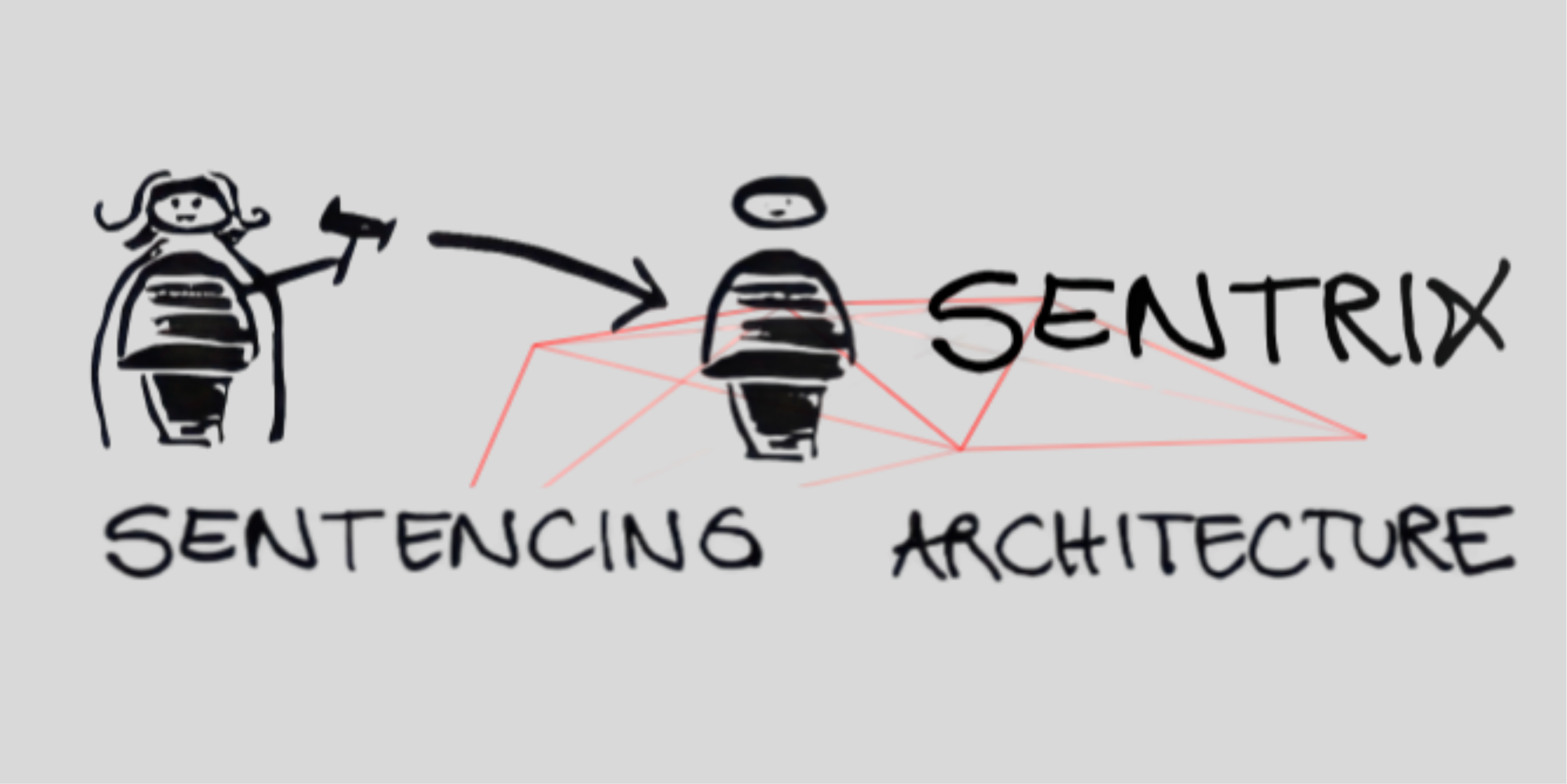The Sentrix project introduces a new approach based on decision architecture to investigate a complex social and legal question: how do judges make sentencing decisions? The research will focus on mapping the “sentencing environment,” which includes both well-researched factors, such as judges’ discretion, and less-researched elements, such as procedural details and customs. The project’s goal is not to guide decisions, but to understand the full scope of the sentencing environment.

To better understand the project’s content, we can use the following analogy. Criminal law decision-making can be thought of as a game of pinball. Each sentencing decision made by a judge is like a ball moving through a maze of bumpers, levers, and obstacles. We do not yet fully understand how all of these elements affect the ball’s path. The project will seek to create a detailed map of the pinball surface. It aims to identify not only the major bumpers (such as judicial discretion) but also the hidden levers and subtle obstacles that affect the ball’s path. The project aims to explore how each part of the device—both obvious and less obvious—shapes the outcome.
The project will combine existing research, workshops, courtroom observations, experiments and simulations to develop and test new sentencing models.
The aim is to connect dispersed research, use innovative visualization and simulation tools, and offer better insights into sentencing decisions, thereby increasing transparency in sentencing and contributing to a fairer justice system. The Sentrix project was selected as part of the panel The Social World and Its Interactions and is the first selected ERC project in the field of social sciences in Slovenia and the first ERC project awarded by the Institute of Criminology.






